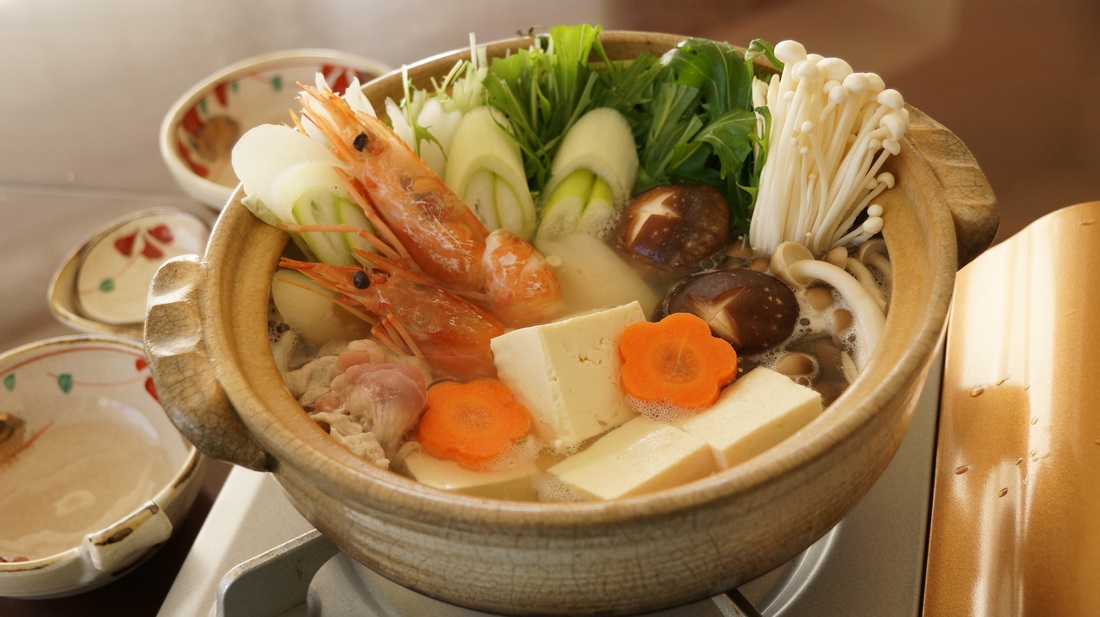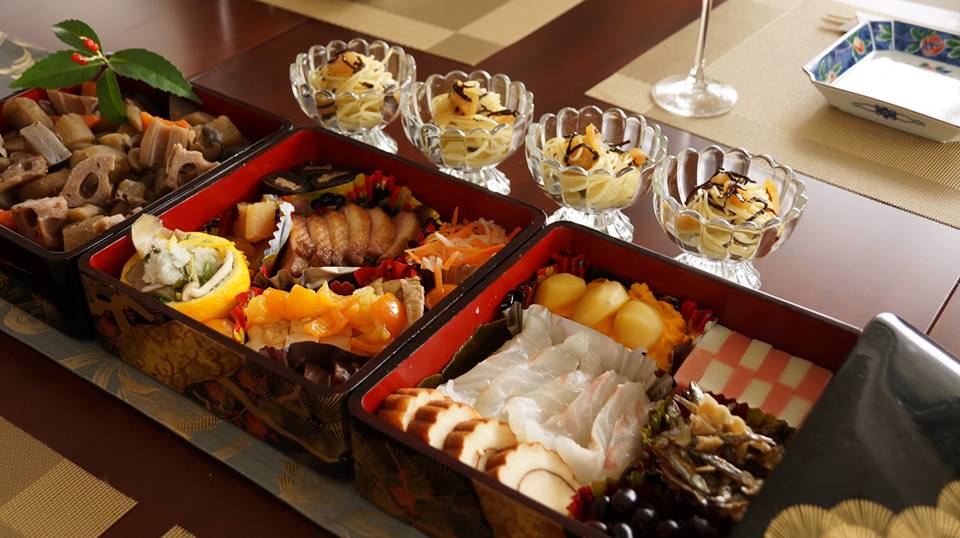 I've included an easy recipe for a stir fry made with komatsuna (Japanese mustard spinach) and aburaage (Fried Tofu) in my Grocery Guide. Komatsuna is a vegetable high in calcium, so cooking it together with ingredients that contain protein or fat like soy products or dairy products will help absorb the calcium effectively in to your system. You can also just stir fry it with a good quality vegetable oil with a splash of soy sauce too. Recipe for Komatsuna and Aburaage Stir Fry>>>
0 Comments
 For those of you new to Japan or unfamiliar with shopping in your local supermarket, I've added a Grocery Guide Section in my website. This section is aimed at helping foreigners to shop in their local supermarkets. I will be adding categories and grocery items time to time so if you are interested, please follow my facebook page by clicking on the "like button". Recipes and preparation methods will be included as well. The following items have been added so far: Cooking Ingredients - Soy Sauce, Mirin, Mayonnaise, Vegetables - Komatsuna, Daikon More to be added in the following categories : Meat and poultry, Seafood, Dairy Products, Food Cupboard (Dry goods and ready made items) If you have any questions or requests on items you would like to know, please contact me through the "contact form". GO TO TOKYO GROCERY GUIDE>> Now that the New Year's Day has passed, you may have noticed the convenience stores and supermarkets taking orders for Eho-maki to be eaten on the 3rd of February. the day of the winter equinox. Eho-maki is a thick roll with seven kinds of ingredients representing the 7 gods of happiness. Eho, meaning good fortune, and maki meaning roll, we eat the whole roll silently facing the year's lucky direction wishing for perfect health and praying for prosperity. By the way, this year's lucky direction is west-southwest.
I will be holding a Eho-Maki Session on the following dates: Jan 30 (Fri. ) 10:00 - 12:00 Feb. 3 (Tue.) 10:00 - 12:00 *For Group Lessons on Nabe Course GO TO >>> We will be making 2 half roll eho-maki with the ingredients of your choice. (Seafood, meat, vegetarian) In this class you will learn how to make sushi rice and tamagoyaki (Japanese egg omelet), cook the traditional ingredients such as dried gourd, shiitake mushrooms, koya-tofu. Class fee : 5,000 yen per person (incl, refreshments and dessert) *For Group Lessons on Nabe Course GO TO >>> The seasonal menu for January and February is Nabe (Pronounced "na-bay"). A Japanese style hot pot which is a very popular dish during winter. For those of you who have experienced the Japanese winter must of noticed how cold it is indoors compared to your home country. With no central heating and double glazed windows, to sit around the table with a nabe in the middle is a great (not to mention economical) way to stay warm at night on cold winter days. Besides the benefit of keeping our body warm nabe is also very healthy as we use almost no oil with lots of vegetables.
Group Lesson dates are
In this class we will be making yose-nabe. A hot pot with seafood and meat cooked in dashi (Soy sauce flavored soup stock) followed by udon noodles. You will also learn how to make tsukune (meat balls) for the nabe. Class Fee : 5,000 yen per person (Incl. refreshments and dessert) Private Lessons are also available for a party of 2 or more. For Private Lesson you can choose the nabe of your preference:
Class fee for private lessons : 5,000 yen per person (for Sukiyaki and Shabu Shabu, 6,000 yen per person) A belated Happy New Year to everyone as I am still behind on so many things since the start of the year. My older son has brought home a cold virus on New Year's Eve, which was passed on to me on New Year's Day, then transferred to my younger son and then to my husband, who is still suffering from mild fever.
In addition, with the two boys still around the house (I think winter holiday in Japanese public schools are definitely too long!) I really didn't have much time to think about my cooking classes as well as updating my blog. Despite all the chaos, not to mention my mother-in-law visiting for a week, I managed to make my first New Year's traditional feast "Osechi Ryori" this year. Up to last year, my mother-in-law would order a ready-made osechi from a place in Kyoto, which was very fancy with so many small dishes packed in the 3 tier jyubako (lacquered serving box) , but after several years of eating the same osechi, I grew tired and decided to make my own. Much less variety of dishes but only the ones I would like to have. Thanks to my friend who gave me a whole red snapper, I was able to make a red snapper sashimi marinated between the konbu seaweed which added glamour to the jyubako. Although my boys only ate the chicken and the duck breast, the other dishes all turn out great and the end result was very satisfying and not as much work as I had anticipated. I think I can make this every year from now on with some minor changes. |
AuthorI'm Miyuki and I teach Japanese Home cooking at my home in Tokyo. Archives
February 2021
Categories
All
|
service |
Information |
© COPYRIGHT 2015. ALL RIGHTS RESERVED.
|





 RSS Feed
RSS Feed
